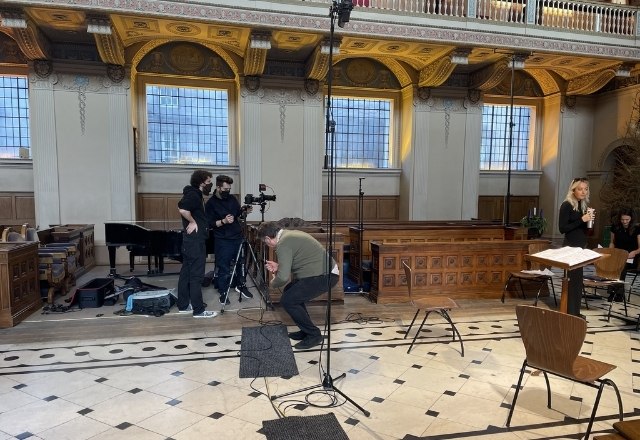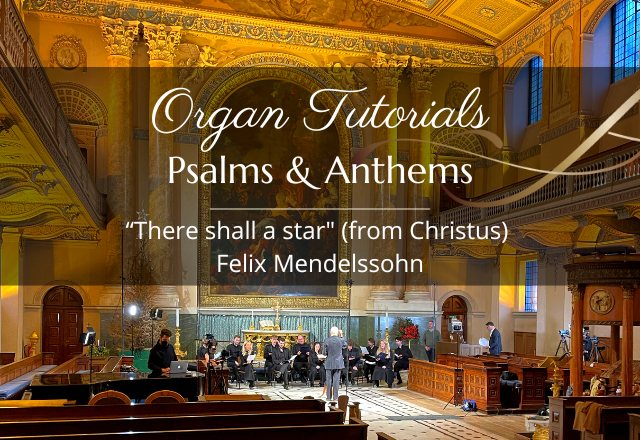If you’re one of those who finds it annoying that Christmas seems to be done and dusted by the end of Advent, you’ll appreciate the January release of our recording of Mendelssohn’s “There shall a star”.
Liturgically, the Christmas season runs from Christmas itself right through January and traditionally up to Candlemas in early February. It includes the Feast of the Epiphany, at which we celebrate the idea that three wise men, or Magi, followed a mysterious star to find the baby Jesus. This chorus tells part of that story.
Choral harmony in Mendelssohn’s “There shall a star”
Mendelssohn had a genius for choral harmony, beautifully exemplified in this setting of “There shall a star”, part of an oratorio named Christus (Op. 97), about the life of Christ, which the composer didn’t manage to complete before he died. It includes a setting of the well-known Nicolai chorale, Wie schön leuchtet der Morgenstern (“As bright the star of morning gleams” in this translation), which also forms the backing track to the baritone solo in the better-known “Three kings from Persian lands afar” by Cornelius.

In the oratorio the chorus is preceded by the following prologue:
When Jesus, our Lord, was born in Bethlehem, in the land of Judea; behold, from the east to the city of Jerusalem there came wise men and said:
“Say, where is he born, the king of Judea? For we have seen his star, and are come to adore him.”
The words of the chorus then begin:
There shall a star from Jacob come forth and a sceptre from Israel rise up and dash in pieces princes and nations.
Although it starts out calmly and serenely, great drama builds in the choral writing and organ accompaniment as we move in to “and dash in pieces…”, with rapid harmonic modulations to heighten the effect.
How loud should the Organ Accompaniment be?
In the recording you will see Ralph Allwood rehearsing the choir, discussing with Mark Shepherd just how loud the organ accompaniment should be during this section. He wants the dramatic effect without the organ overwhelming the sound of the choir. Double d’s are requested from the choir at “and dash…” Ralph points out that the word emphasis at the start doesn’t work quite as well in the English translation as it would have in the original German, but there isn’t much to be done about it except phrase it nicely. (Handel’s oratorios often suffered from the same problem.)
As we come down from the harmonic drama of the first section, the music morphs into the peace and luminosity of the final chorale, translated here as:
As bright the star of morning gleams,
so Jesus sheddeth glorious beams
of light and consolation.
Thy Word, O Lord,
radiance darting,
truth imparting,
gives salvation;
Thine be praise and adoration.

I’m a retired academic, with a background in music and audio engineering. I’m currently a consultant for Viscount & Regent Classic Organs, as well as being a freelance organist, including a role as organist/choirmaster at St Mary’s, Witney. I sing bass with Oxford Pro Musica Singers and the Cathedral Singers of Christ Church, Oxford.



